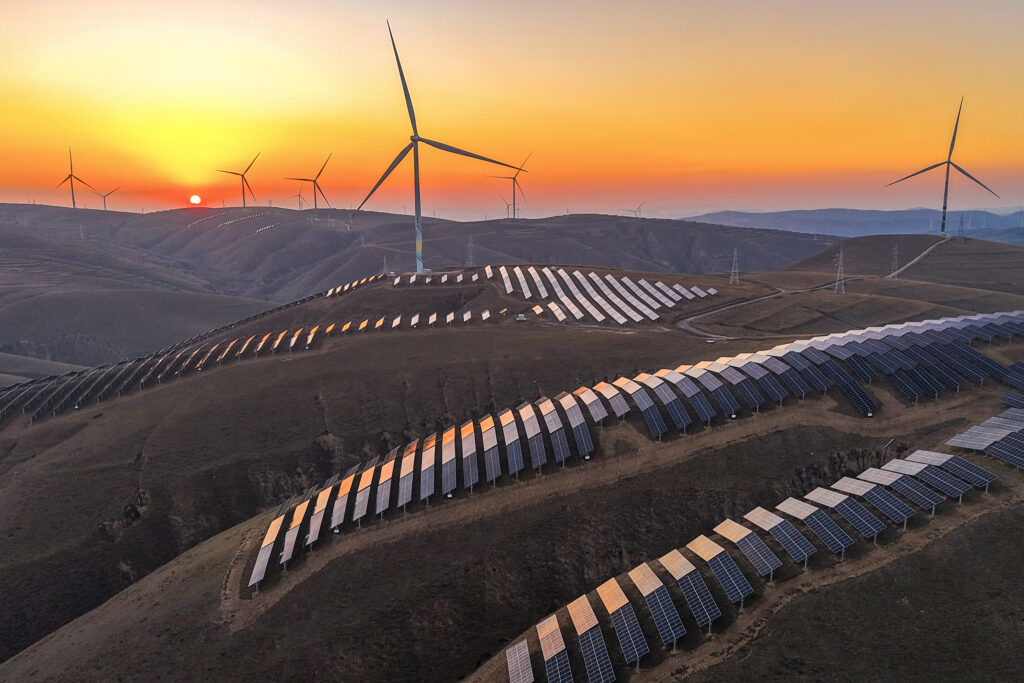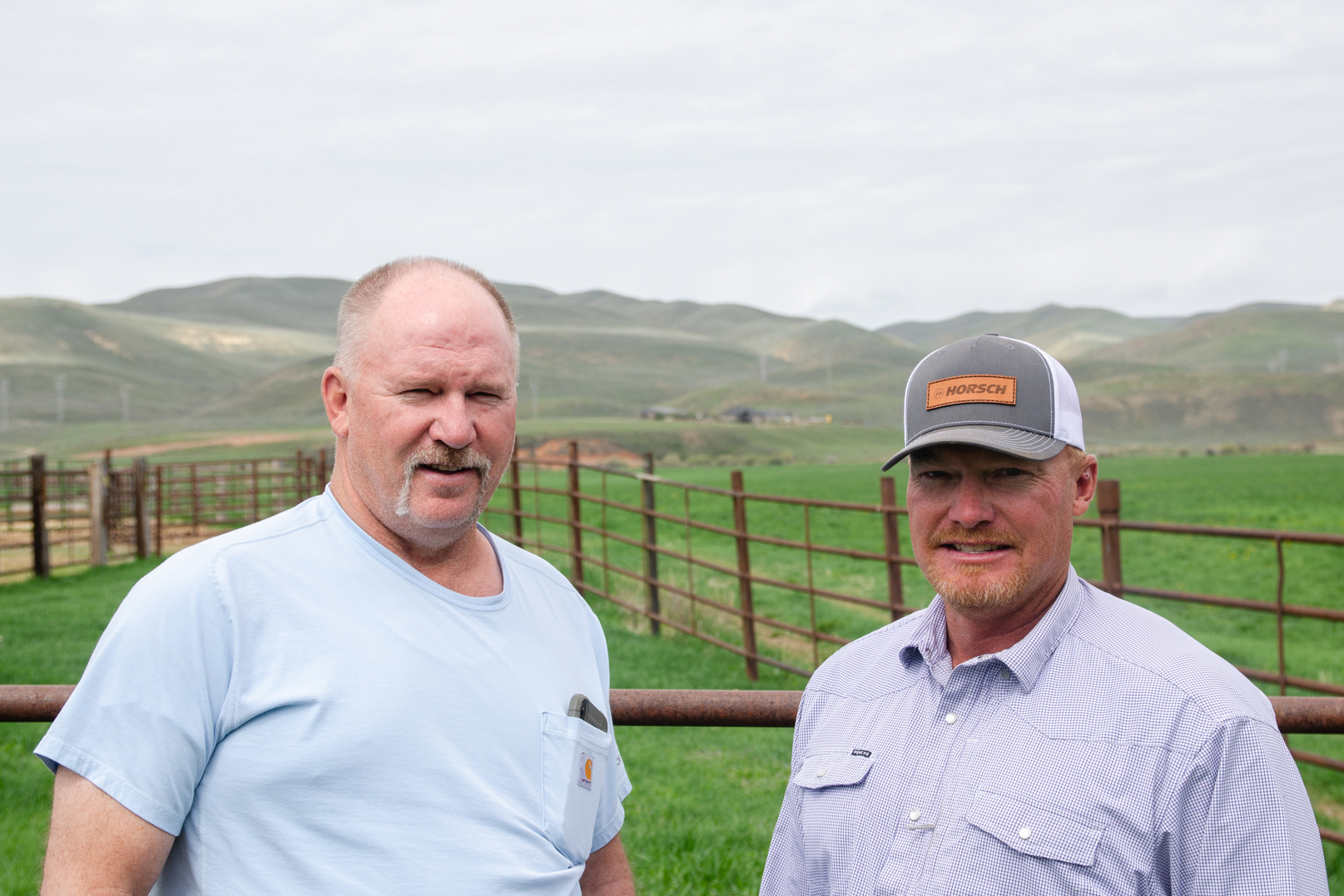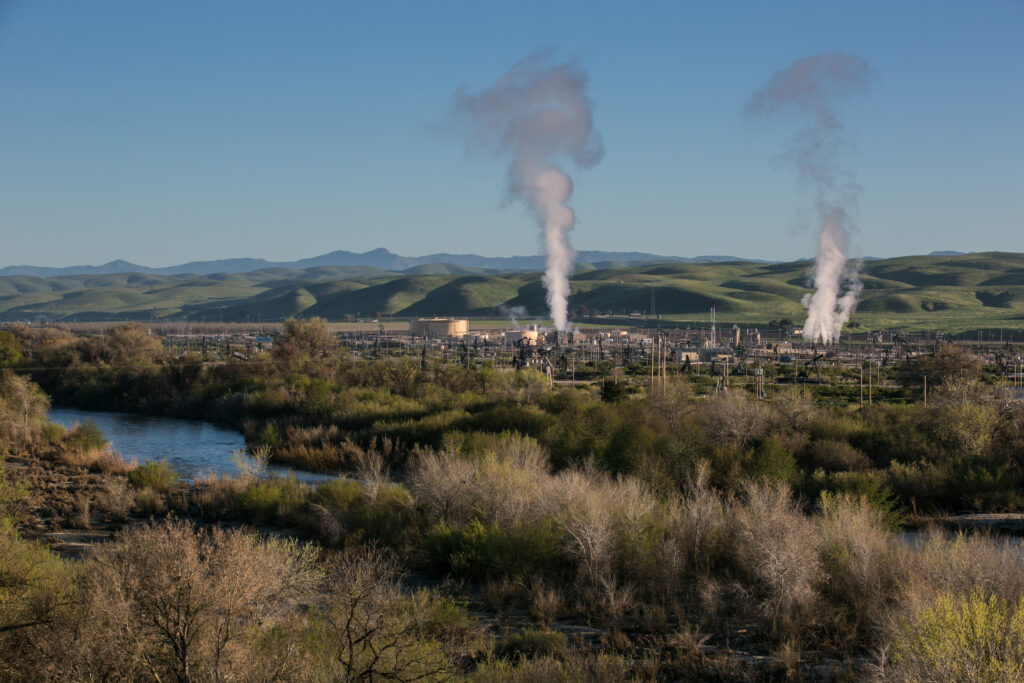The Environment Agency has set out key recommendations that it says will help unlock the economic and environmental benefits of industrial clusters across England.
Upcoming planning reforms – including the universal coverage of spatial development strategies – will be essential in ensuring that the Humber, Teesside and HyNet (North West) industrial hubs can deliver the sustainable and long-term growth the country needs. In a newly published report, the Environment Agency has recommended for industrial clusters to be better recognised in future planning reforms ensuring the country makes the most of the sustainable development opportunities they offer.
The report highlights the importance of proactively planning for industrial clusters in local plans for growth, to help kickstart new projects and drive forward local growth, by ensuring new clusters are built with the right environmental infrastructure, such as sufficient water supply, to operate sustainably.
The report also identified several challenges facing the long-term growth of industrial clusters – including availability of water resources and climate-related shocks, such as flooding. The Environment Agency has outlined solutions to mitigate these potential challenges, such as introducing strategic growth plans and using existing planning tools at a cluster scale to help reduce any planning hurdles they face.
The Environment Agency is providing its environmental expertise and evidence to support better planning for industrial clusters, delivering on actions in the Regulation Action Plan and Industrial Strategy Zones Action Plan.
The EA will also consider how new approaches to permitting industrial clusters could unlock economic growth, with the current regime offering limited options for new industries to be set up.
Working with the government and industry, the EA will explore how providing technical advice on how permitting could be adapted may help accommodate new growth in already constrained areas but being clear that permitting alone is not the solution and pressures on the environment from non-permitted sources must also be addressed.
Environment Agency’s Chief Executive Philip Duffy said: “Delivering genuinely sustainable growth is core to the Environment Agency’s mission.
“Today’s report sets out how well-planned industrial clusters can accelerate delivery of the government’s growth and clean energy missions whilst protecting water, air and land. We stand ready to work with the government to use this evidence to make a reality of sustainable industrial clusters.”
Industrial clusters are economic regions with carbon-intensive industries, such as oil refining, manufacturing, and chemical production. They are typically located along major rivers and estuaries, allowing businesses to share infrastructure, gain greater access to nearby markets and benefit from highly skilled workforces.
The nation’s changing climate was also found to be a significant threat to industrial clusters. Located in coastal and estuarine zones, they will face the immediate results of rising sea levels and extreme weather.
New net zero infrastructure must be designed for more extreme climate conditions, while existing infrastructure must be more climate resilient. Failing infrastructure can cause serious risks to the environment from pollution incidents, as well as cause significant economic damage to commercial operations.
Developers and local authorities are being urged to ensure their design processes incorporate future climate impacts, such as rising sea levels and increased flood risk, as required by national planning policy. New permitting requirements now also require operators to incorporate climate risk assessments into how they run and manage their sites.
The Environment Agency is an enabler of growth and the government’s clean energy mission, with its permitting and planning advice being an important contributor to sustainable development whilst giving businesses and investors’ confidence in their decision-making. The Environment Agency is improving its processes for permitting and planning so they are clear, fast, responsive and underpinned by evidence. This contributes to a growing economy, improved living standards and climate resilient places where everyone is healthy, better protected and can prosper.
The EA is committed to working with government to ensure that its regulation and advice is fit for purpose and has welcomed the recommendations in the recent Corry Review, which set out how environmental regulators can work better together to enable growth whilst delivering environmental improvements.
The report also follows the government’s Industrial Strategy, which aims to drive long-term growth in key sectors that are sustainable, resilient and distributed across the country. These sectors include clean energy, advanced manufacturing and digital and technologies.
















